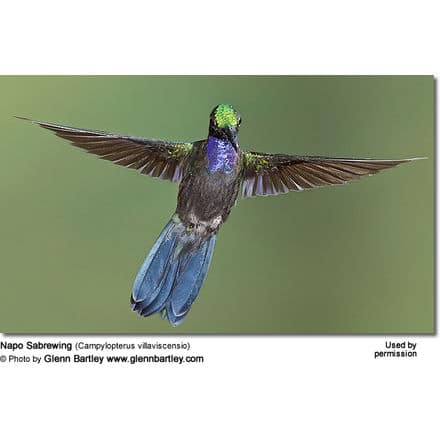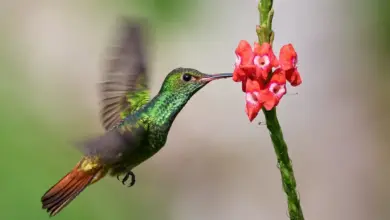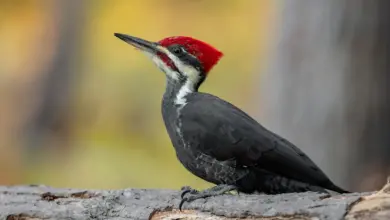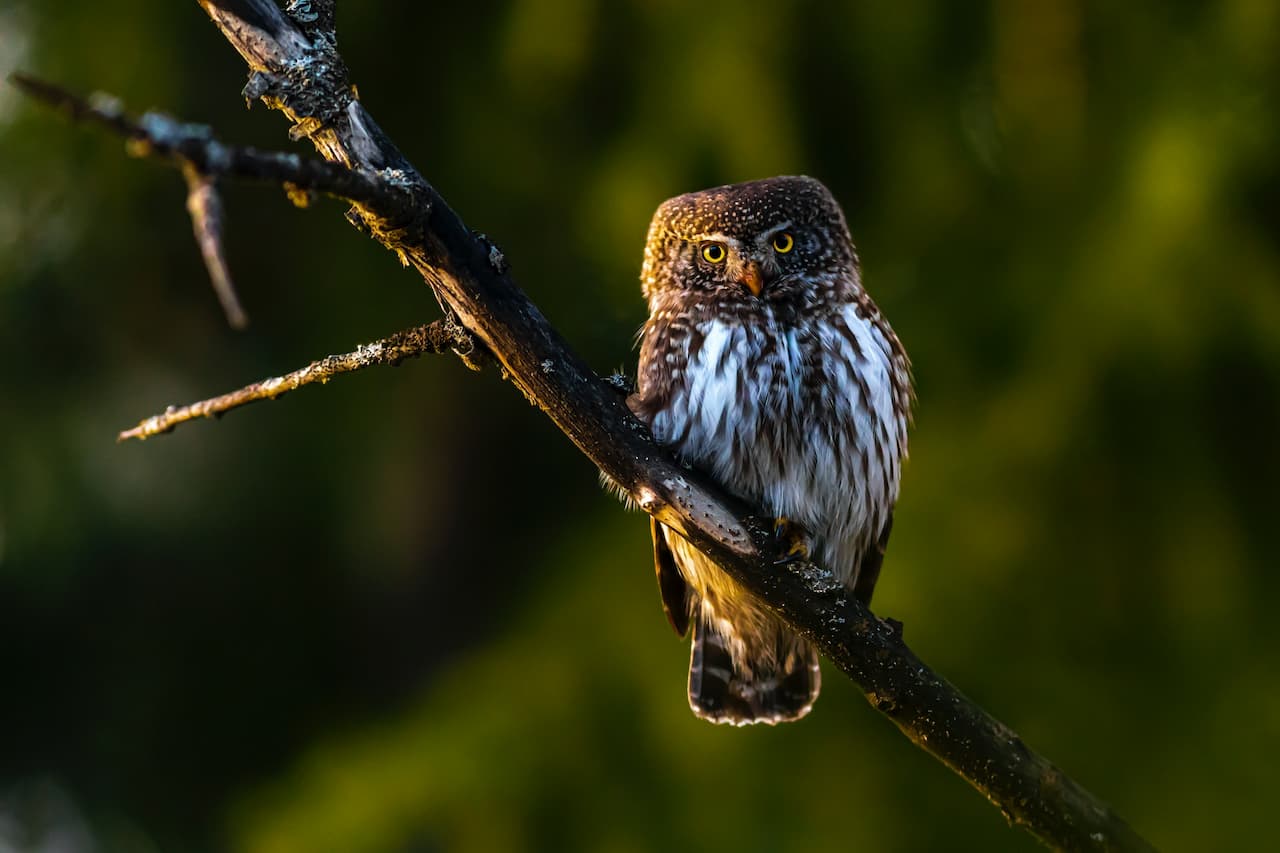Napo Sabrewings (Hummingbirds)
The Napo Sabrewings (Campylopterus villaviscensio / Saepiopterus) – sometimes known as Splendid or Villaviscensio Sabrewings – are rare and endangered South American hummingbirds with a moderately small range on the east slope of the Andes in Ecuador and at three sites in northeastern Peru (San Martín, Amazonas).
There are some reports of non-breeding birds in southern Colombia (Nariñoand Putumayo).
They are mostly found in foothill evergreen and elfin forest, and second-growth woodland at elevations of 3,500 – 5,000 ft or 1,050-1,500 m – primarily on outlying ridges.
Their numbers are declining rapidly due to destruction. Much of its favored habitat is being converted for agriculture and cattle pasture, mining operations, and logging. It is now classified as Near Threatened.
Alternate (Global) Names:
Spanish: Colibrí del Napo … French: Campyloptère du Napo … Italian: Campilottero di Napo … German: Napodegenflügel … Czech: kolib?ík naposký …Danish: Naposabelvinge …Finnish: tuhkasapelikolibri … Japanese: kimboushihachidori …Dutch: Napo-sabelvleugel … Norwegian: Naposabelvinge …Polish: zapylak ekwadorski …Slovak: kolibrík lesný … Swedish: Naposabelvinge
Description:
The Napo Sabrewings are very large compared to other hummingbirds. They average 13 – 13.5 cm (5 – 5.25 inches) in length, including bill and tail. Their black, strong bill is about 2.5 cm (1 inch) long and is slightly down-curved.
The Napo Sabrewings are named for their long, saber-like outermost primary flight feathers, which are thickened, flattened, and bent at an angle.
The plumage of the male is mostly dark with a glittering green crown (top of the head). The throat and breast are blue and the abdomen dusky-colored.
The female is similar. She is dark grey below with small white tail spots.

Nesting / Breeding
Hummingbirds are solitary in all aspects of life other than breeding, and the male’s only involvement in the reproductive process is the actual mating with the female. They neither live nor migrate in flocks, and there is no pair bond for this species. Males court females by flying in a U-shaped pattern in front of them. He will separate from the female immediately after copulation. One male may mate with several females. In all likelihood, the female will also mate with several males. The males do not participate in choosing the nest location, building the nest, or raising the chicks.
The female Napo Sabrewing is responsible for building the cup-shaped nest out of plant fibers woven together and green moss on the outside for camouflage in a protected location in a shrub, bush, or tree. She lines the nest with soft plant fibers, animal hair, and feathers down, and strengthens the structure with spider webbing and other sticky material, giving it an elastic quality to allow it to stretch to double its size as the chicks grow and need more room. The nest is typically found on a low, thin horizontal branch.
The average clutch consists of one white egg, which she incubates alone, while the male defends his territory and the flowers he feeds on. The young are born blind, immobile, and without any down.
The female alone protects and feeds the chicks with regurgitated food (mostly partially digested insects since nectar is an insufficient source of protein for the growing chicks). The female pushes the food down the chicks’ throats with her long bill directly into their stomachs.
As is the case with other hummingbird species, the chicks are brooded only the first week or two and are left alone even on cooler nights after about 12 days – probably due to the small nest size. The chicks leave the nest when they are about 20 days old.
Diet / Feeding
The Napo Sabrewing Hummingbirds primarily feed on nectar taken from a variety of brightly colored, scented small flowers of trees, herbs, shrubs, and epiphytes.
Hummingbird Resources
- Hummingbird Information
- Hummingbird Amazing Facts
- Attracting Hummingbirds to Your Garden
- Hummingbird Species
- Feeding Hummingbirds





